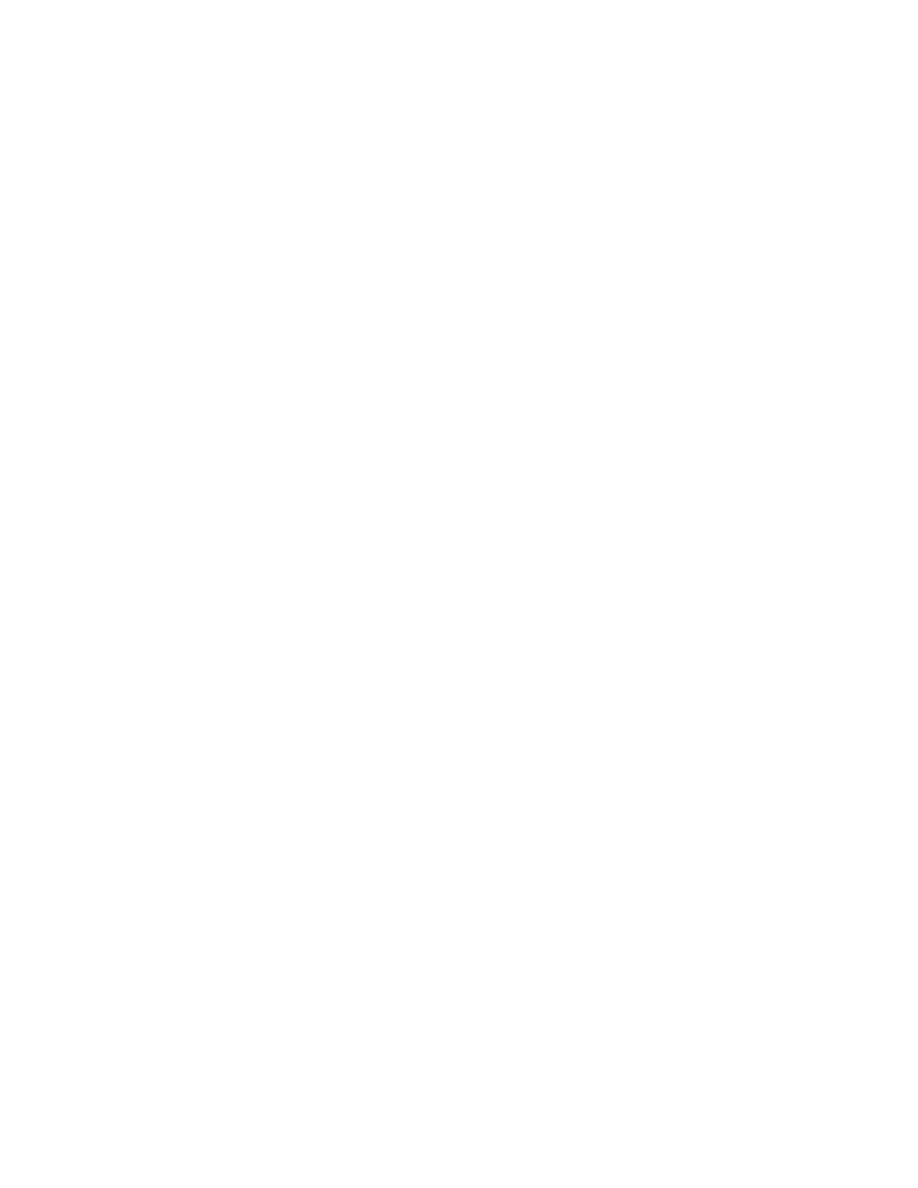
581
Federal Aviation Administration, DOT
Pt. 91, SFAR No. 108
S
PECIAL
F
EDERAL
A
VIATION
R
EGULATION
N
O
. 107—P
ROHIBITION
A
GAINST
C
ER
-
TAIN
F
LIGHTS
W
ITHIN
THE
T
ERRI
-
TORY AND
A
IRSPACE OF
S
OMALIA
1.
Applicability. This rule applies to the fol-
lowing persons:
(a) All U.S. air carriers or commercial op-
erators;
(b) All persons exercising the privileges of
an airman certificate issued by the FAA ex-
cept such persons operating U.S.-registered
aircraft for a foreign air carrier; and
(c) All operators of aircraft registered in
the United States except where the operator
of such aircraft is a foreign air carrier.
2.
Flight prohibition. Except as provided
below, or in paragraphs 3 and 4 of this SFAR,
no person described in paragraph 1 may con-
duct flight operations within the territory
and airspace of Somalia below flight level
(FL) 200.
(a) Overflights of Somalia may be con-
ducted above FL 200 subject to the approval
of, and in accordance with the conditions es-
tablished by, the appropriate authorities of
Somalia.
(b) Flights departing from countries adja-
cent to Somalia whose climb performance
will not permit operation above FL 200 prior
to entering Somali airspace may operate at
altitudes below FL 200 within Somalia to the
extent necessary to permit a climb above FL
200, subject to the approval of, and in accord-
ance with the conditions established by, the
appropriate authorities of Somalia.
3.
Permitted operations. This SFAR does not
prohibit persons described in section 1 from
conducting flight operations within the ter-
ritory and airspace below FL 200 of Somalia
when such operations are authorized either
by another agency of the United States Gov-
ernment with the approval of the FAA or by
an exemption issued by the Administrator.
4.
Emergency situations. In an emergency
that requires immediate decision and action
for the safety of the flight, the pilot in com-
mand of an aircraft may deviate from this
SFAR to the extent required by that emer-
gency. Except for U.S. air carriers and com-
mercial operators that are subject to the re-
quirements of Title 14 CFR parts 119, 121, or
135, each person who deviates from this rule
must, within 10 days of the deviation, ex-
cluding Saturdays, Sundays, and Federal
holidays, submit to the nearest FAA Flight
Standards District Office a complete report
of the operations of the aircraft involved in
the deviation, including a description of the
deviation and the reasons for it.
5.
Expiration. This Special Federal Aviation
Regulation will remain in effect until fur-
ther notice.
[Doc. No. FAA–2007–27602, 72 FR 16712, Apr. 5,
2007]
S
PECIAL
F
EDERAL
A
VIATION
R
EGULATION
N
O
. 108—M
ITSUBISHI
MU–2B S
ERIES
S
PECIAL
T
RAINING
, E
XPERIENCE
,
AND
O
PERATING
R
EQUIREMENTS
1.
Applicability. After February 5, 2009, this
Special Federal Aviation Regulation (SFAR)
applies to all persons who operate the
Mitsubishi MU–2B series airplane including
those who act as pilot-in-command, act as
second-in-command, or other persons who
manipulate the controls while under the su-
pervision of a pilot-in-command. This SFAR
also applies to those persons who provide
pilot training for the Mitsubishi MU–2B se-
ries airplane. The requirements in this SFAR
are in addition to the requirements of 14
CFR parts 61, 91, and 135 of this chapter.
2.
Compliance and Eligibility. (a) Except as
provided in paragraph (b) of this section, no
person may manipulate the controls, act as
pilot-in-command, act as second-in-com-
mand, or provide pilot training for the
Mitsubishi MU–2B series airplane unless that
person meets the applicable requirements of
this SFAR.
(b) A person, who does not meet the re-
quirements of this SFAR, may manipulate
the controls of the Mitsubishi MU–2B series
airplane if a pilot-in-command meeting the
applicable requirements of this SFAR is oc-
cupying a pilot station, and the flight is
being conducted for one of the following rea-
sons—
(1) The pilot-in-command is providing pilot
training to the manipulator of the controls,
and no passengers or cargo are carried on
board the airplane;
(2) The pilot-in-command is conducting a
maintenance test flight with a second pilot
or certificated mechanic, and no passengers
or cargo are carried on board the airplane; or
(3) The pilot-in-command is conducting a
simulated instrument flight and is using a
safety pilot other than the pilot-in-command
who manipulates the controls for the pur-
poses of 14 CFR 91.109, and no passengers or
cargo are carried on board the airplane.
(c) A person is required to complete
Initial/
transition training if that person has fewer
than—
(1) 50 hours of documented flight time ma-
nipulating the controls while serving as
pilot-in-command of a Mitsubishi MU–2B se-
ries airplane in the preceding 24 months; or
(2) 500 hours of documented flight time ma-
nipulating the controls while serving as
pilot-in-command of a Mitsubishi MU–2B se-
ries airplane.
(d) A person is eligible to receive
Requali-
fication training in lieu of Initial/transition
training if that person has at least—
(1) 50 hours of documented flight time ma-
nipulating the controls while serving as
pilot-in-command of a Mitsubishi MU–2B se-
ries airplane in the preceding 24 months; or
VerDate Mar<15>2010
20:48 Jan 30, 2014
Jkt 232047
PO 00000
Frm 00591
Fmt 8010
Sfmt 8002
Q:\14\14V2.TXT
ofr150
PsN: PC150